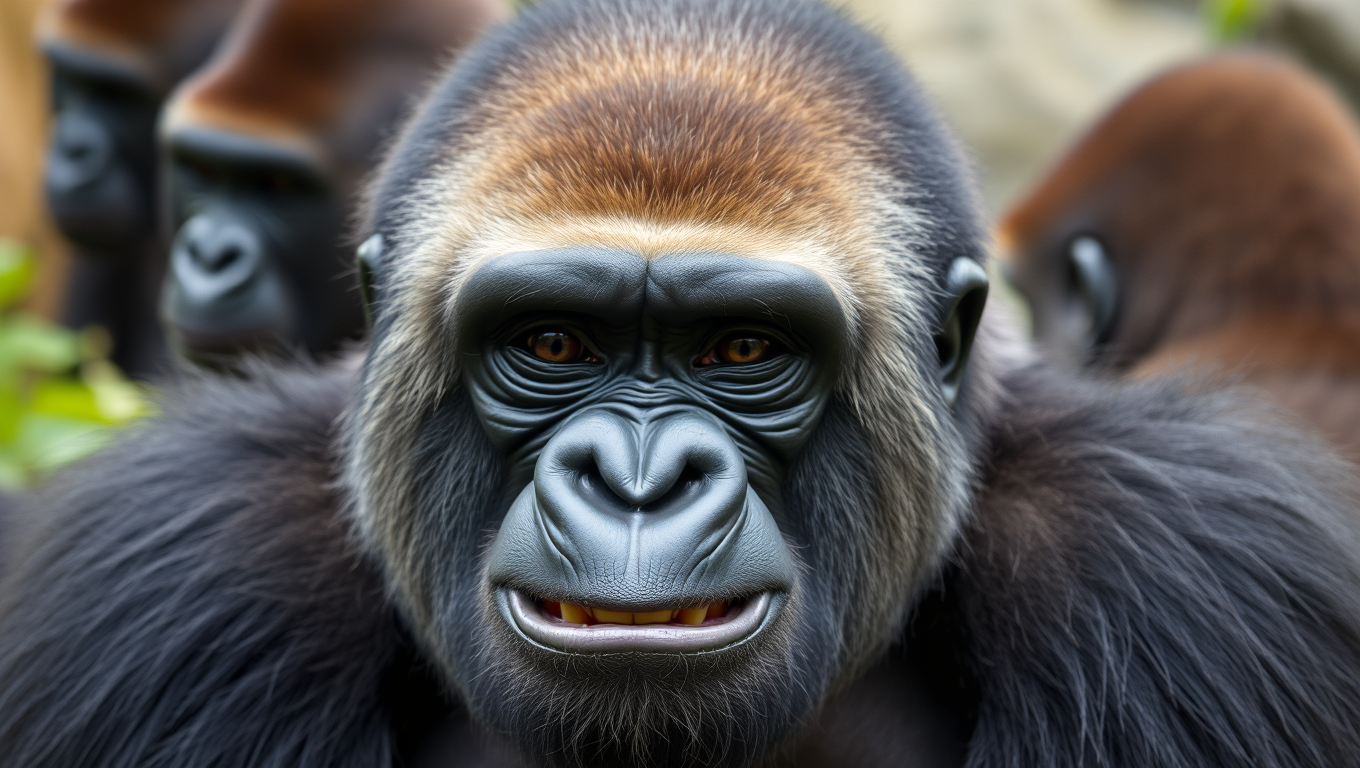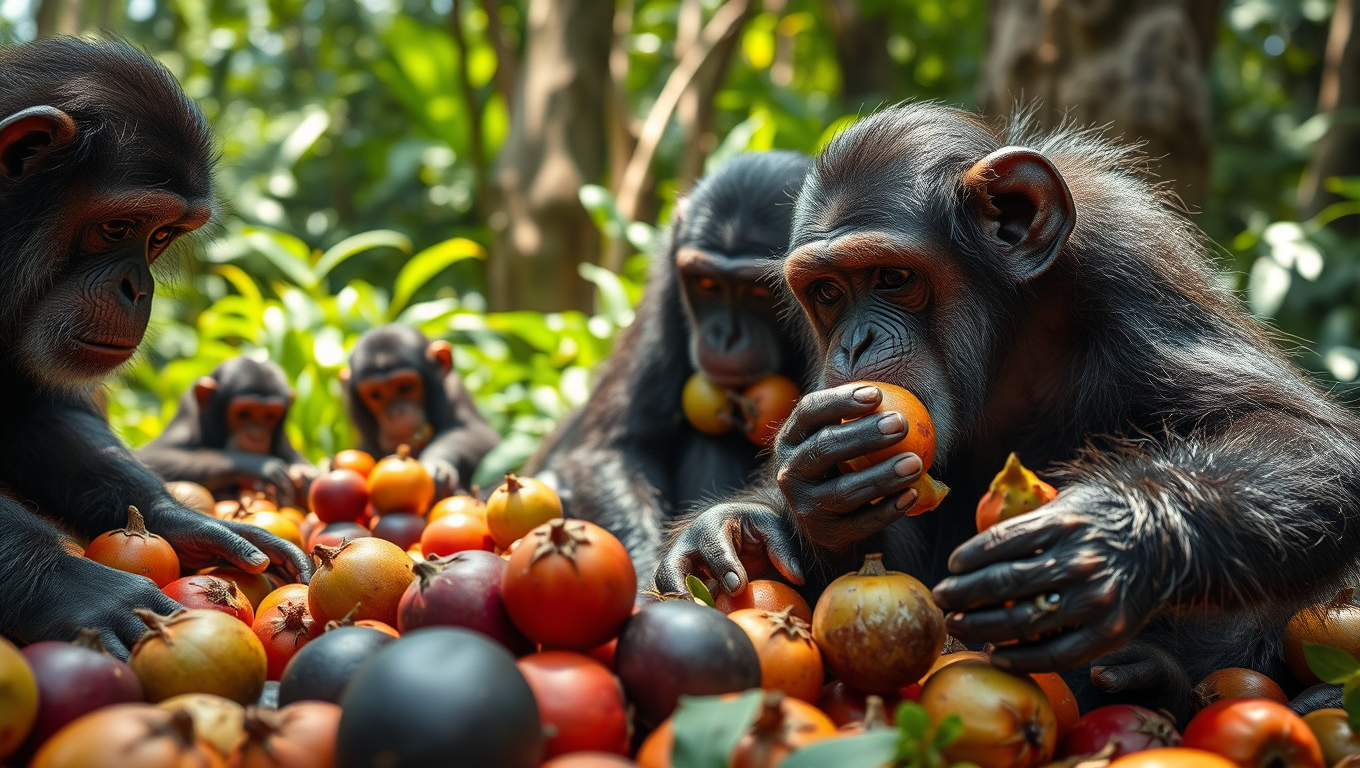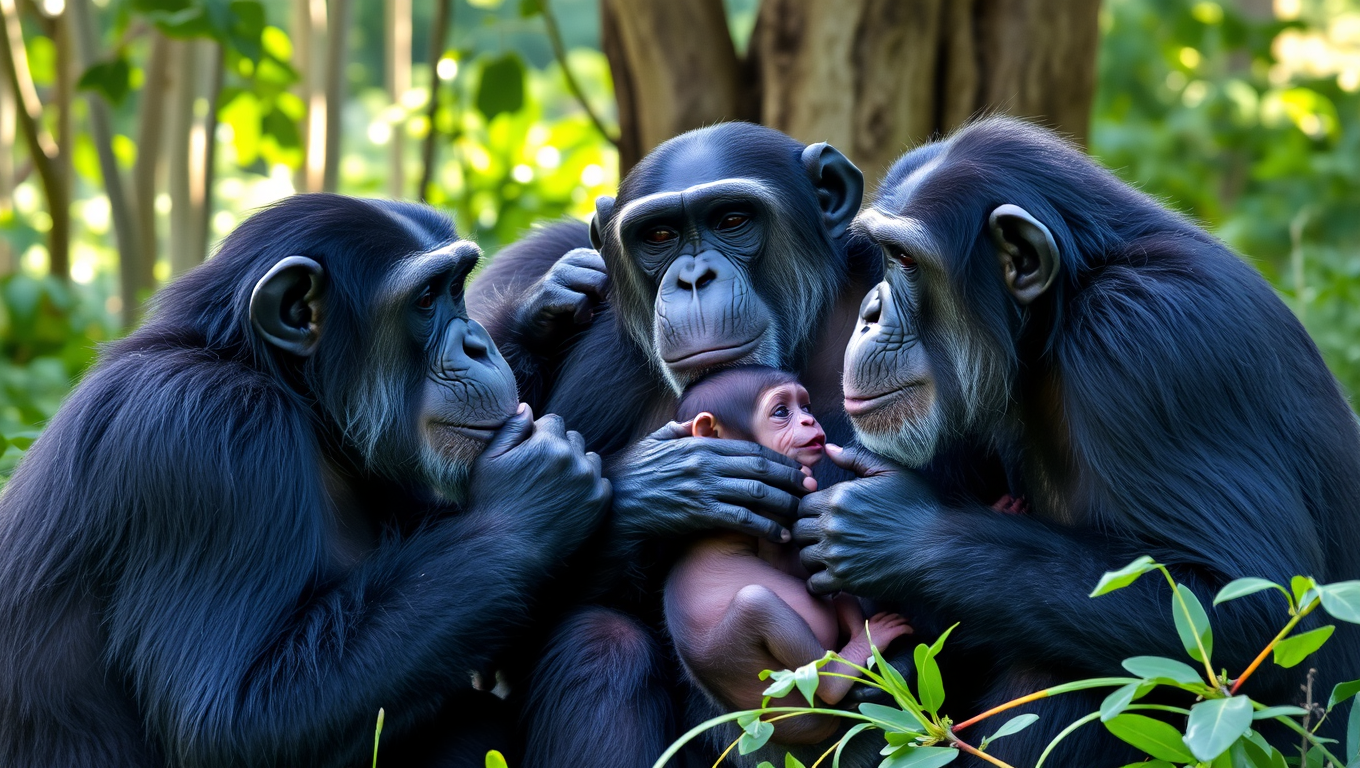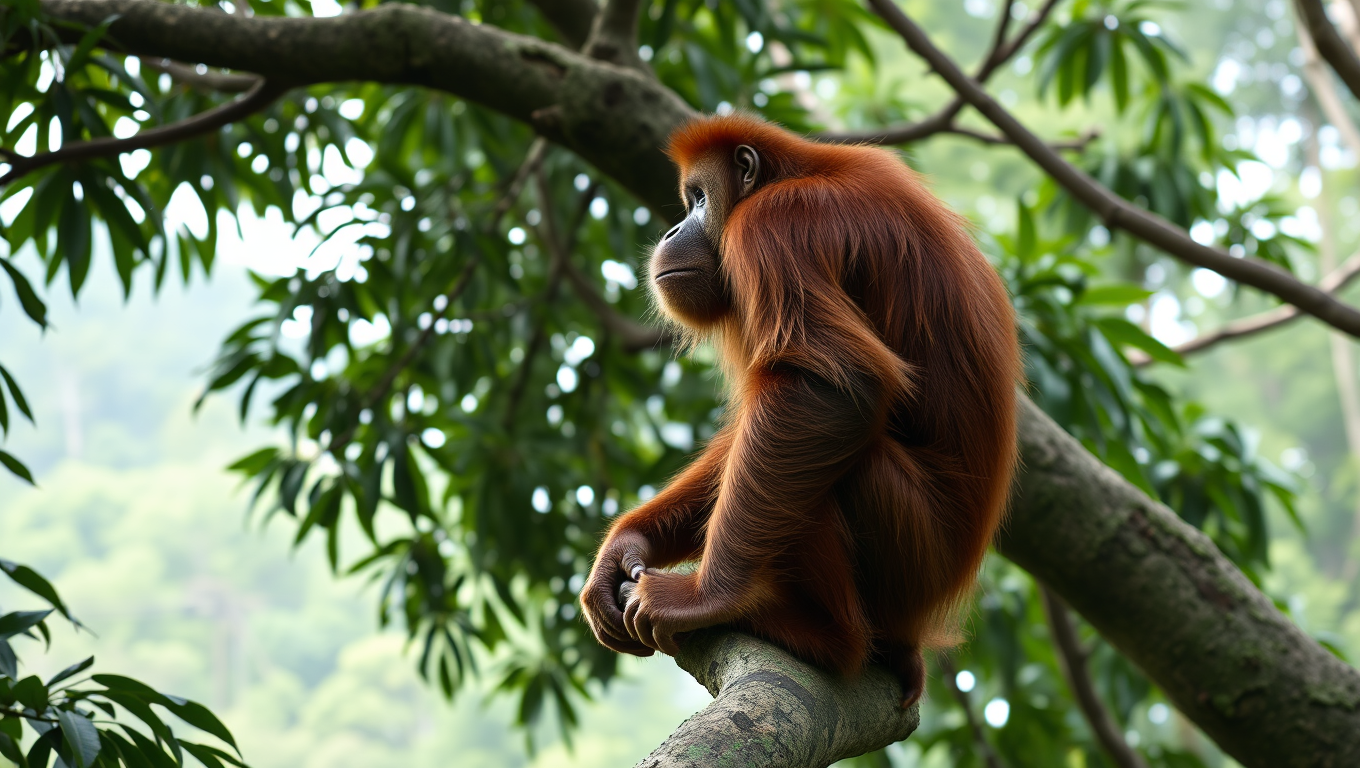While we try to keep things accurate, this content is part of an ongoing experiment and may not always be reliable.
Please double-check important details — we’re not responsible for how the information is used.
Apes
The Double-Edged Nature of Friendship in Gorillas Revealed
Friendship comes with complex pros and cons — possibly explaining why some individuals are less sociable, according to a new study of gorillas.

Apes
The Secret to Our Alcohol Tolerance? Scrumping, a Behavior Shared by Great Apes
Ape behavior just got a name upgrade — “scrumping” — and it might help explain why humans can handle alcohol so well. Researchers discovered that African apes regularly eat overripe, fermented fruit off the forest floor, and this habit may have driven key evolutionary adaptations. By naming and classifying this behavior, scientists are hoping to better understand how alcohol tolerance evolved in our ancestors — and how it might have helped shape everything from safety in the trees to social drinking rituals.
Agriculture and Food
“Stronger Social Ties, Stronger Babies: How Female Friendships Help Chimpanzee Infants Survive”
Female chimpanzees that forge strong, grooming-rich friendships with other females dramatically boost their infants’ odds of making it past the perilous first year—no kin required. Three decades of Gombe observations show that well-integrated mothers enjoy a survival rate of up to 95% for their young, regardless of male allies or sisters. The payoff may come from shared defense, reduced stress, or better access to food, hinting that such alliances laid early groundwork for humanity’s extraordinary cooperative spirit.
Apes
The Hidden Complexity of Wild Orangutans’ Communication
Researchers have found that wild orangutans vocalize with a layered complexity previously thought to be unique to human communication, suggesting a much older evolutionary origin.
-

 Detectors7 months ago
Detectors7 months agoA New Horizon for Vision: How Gold Nanoparticles May Restore People’s Sight
-

 Earth & Climate8 months ago
Earth & Climate8 months agoRetiring Abroad Can Be Lonely Business
-

 Cancer8 months ago
Cancer8 months agoRevolutionizing Quantum Communication: Direct Connections Between Multiple Processors
-

 Albert Einstein8 months ago
Albert Einstein8 months agoHarnessing Water Waves: A Breakthrough in Controlling Floating Objects
-

 Chemistry7 months ago
Chemistry7 months ago“Unveiling Hidden Patterns: A New Twist on Interference Phenomena”
-

 Earth & Climate8 months ago
Earth & Climate8 months agoHousehold Electricity Three Times More Expensive Than Upcoming ‘Eco-Friendly’ Aviation E-Fuels, Study Reveals
-

 Diseases and Conditions8 months ago
Diseases and Conditions8 months agoReducing Falls Among Elderly Women with Polypharmacy through Exercise Intervention
-

 Agriculture and Food8 months ago
Agriculture and Food8 months ago“A Sustainable Solution: Researchers Create Hybrid Cheese with 25% Pea Protein”





























